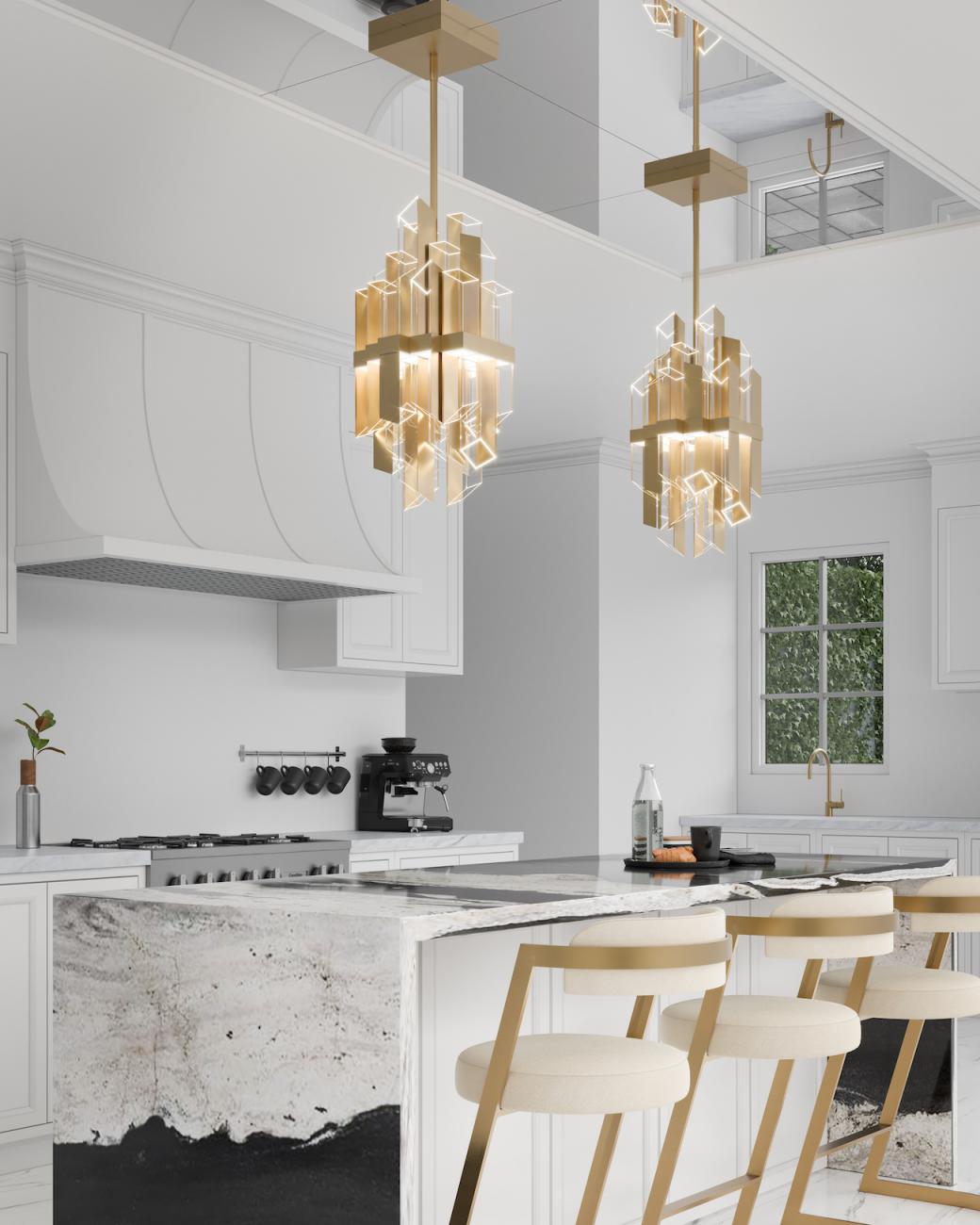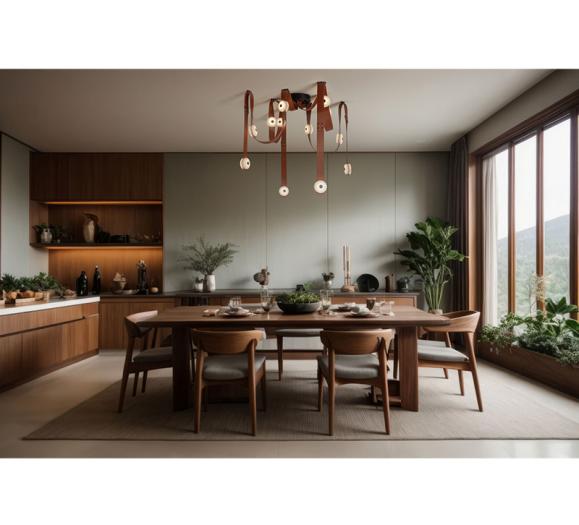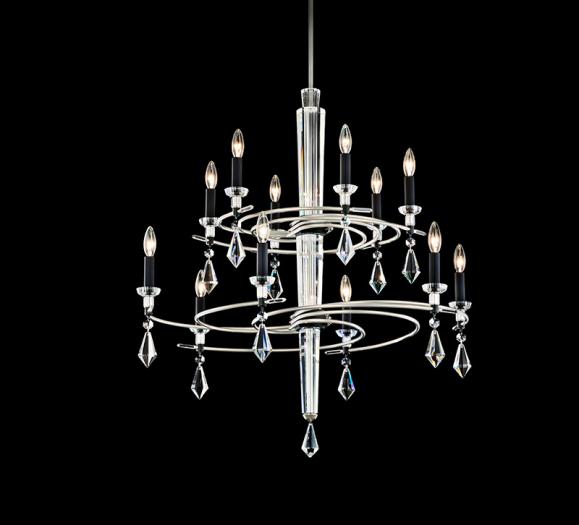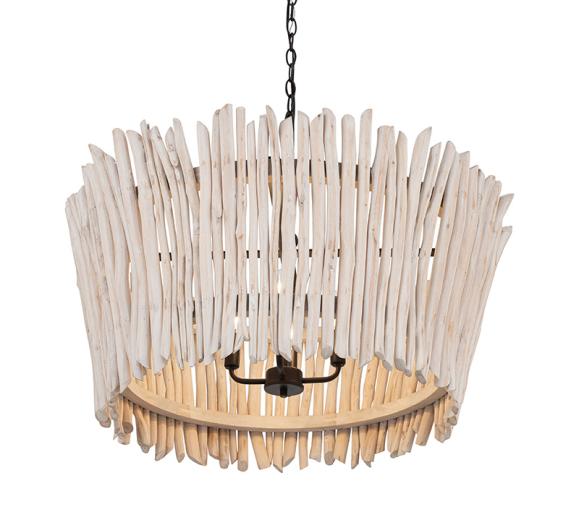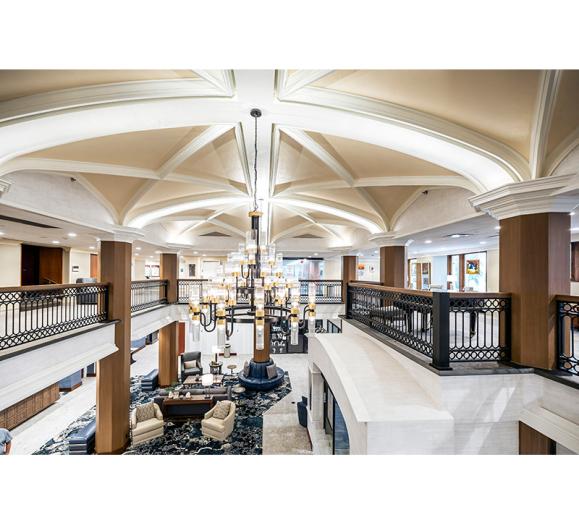We update our phones every year, but we’ll hang onto architectural lighting fixtures in our homes for decades,” says Randall Whitehead, the Lighting Doctor, lighting designer and author of Beautiful Light, a textbook on LED lighting coming out this spring. “Architecture can be classic but there’s a decorative element to lights. What looked great in the ‘80s doesn’t necessarily look great now.”
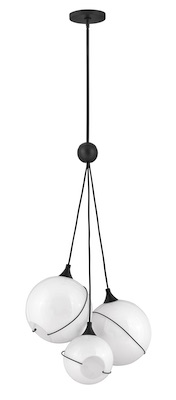
One of the easiest fixes for dated decor, continues Whitehead, is changing out pendant fixtures. Consumers don’t have to be electricians for this project, so even if not DIYers, it doesn’t require a licensed professional, making pendant lighting an attractive opportunity for decor updates, even on a budget. Because it’s straightforward, understanding pendant light trends and technology gives designers and retailers a satisfying way to help consumers create new looks in their spaces without breaking the bank. And pendants aren’t just for kitchen islands anymore. The many configurations and styles available in today’s pendants make them useful in kitchens, bathrooms, bedrooms and more.
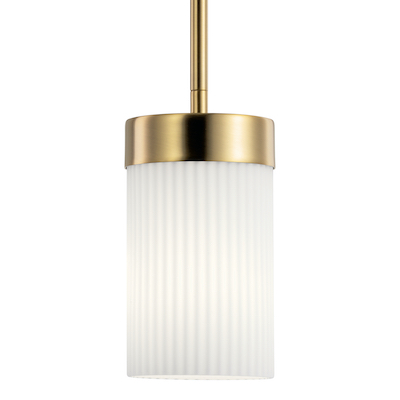
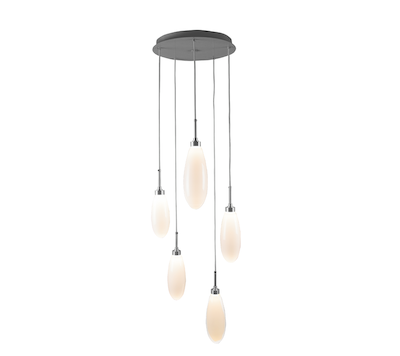
There are few rules with pendant lights from a design standpoint beyond correct placement and getting the right light source for a room. Whitehead suggests, for example, that over that kitchen island there should be 30 inches between the bottom of the light fixture and the countertop to allow for conversations across the space and clear sightlines. In a bathroom, where pendants and sconces alongside vanity mirrors are actually preferable to the typical bathroom overhead lighting from a flattery perspective, pendants, which can often be adjusted to varying heights, work best at what is considered eye level, approximately five and a half feet from the ground. “Sometimes you don’t know the best height until you get onto a site,” Whitehead notes. For that reason, most manufacturers include a stem or pendant kit that allows for changing the hanging length.
Trending Styles
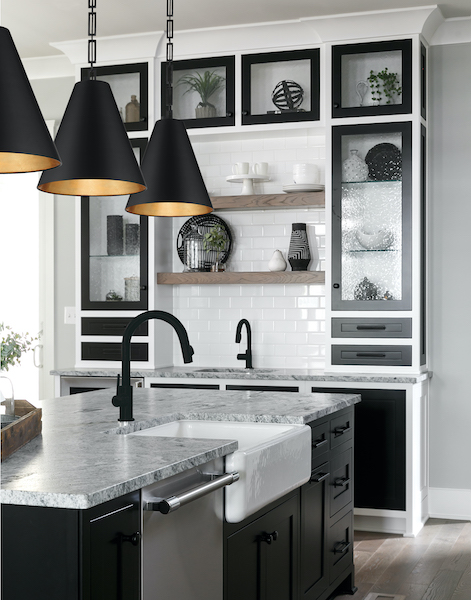
While in a bathroom, a customer may want to opt for smaller fixtures, trends in pendant styles in other areas of the home have shifted to somewhat larger fixtures, making a statement in a space. “In pendants, we’re seeing more overscale than underscale,” says Whitehead. “These bigger fixtures have a bit more presence.” He suggests that large rectangular fixtures over a large island, pendant clusters at varying lengths or simply larger fixtures that make an artistic statement and define a space have become more popular. “Pendants are not only providing light in a room; they are providing an ambient art element,” Whitehead continues. With a cluster of pendants that makes a statement, for example, he adds, recessed lighting can be added on either side of a centered light fixture that works as an accent light to add “punch” to a centerpiece.
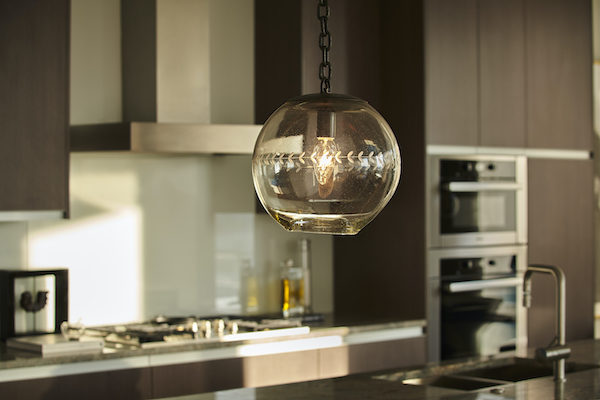
art element.
To create that art element, finishes and styles are vast in the lighting industry. While warm gold and matte black finishes continue to take top spots on the trend spectrum, in pendants, a wide variety of styles and finishes are important to make it easy to incorporate them into existing room decor while providing an elevated design experience. Whitehead suggests that retailers showcase a variety of pendant lights for customers to peruse, even allowing them to take samples home to test in the spaces they are updating. For interior designers, software that will show different pendant styles in a space or “test-driving” them in the client’s home works well too.
Technicalities
While LED has played a major role in the advancement of light fixture styling — offering up even more artistic styles in many categories — for pendant lighting, Whitehead notes, bulb or lamp style pendant fixtures make more sense since once they are in place, they are permanent for a time. Integrated LEDs, of course, have long shelf lives — typically expected to last up to 50,000 hours — but LED bulb options provide the same energy savings and allow consumers to change out bulb styles and lighting intensity where needed.
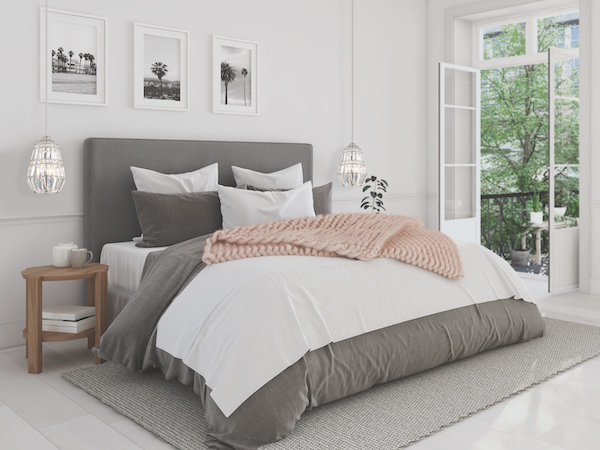
For best results, Whitehead suggests LED bulbs that mirror 75W to 100W incandescent illumination. With dimming capabilities, pendant lighting can be adjusted for homework or cooking at the kitchen island, or as softer mood lighting in the evening. LED bulbs today have come a long way, he adds, with dimming capabilities and styles such as candelabra and Edison, providing a variety of styles to give consumers options. While LEDs last a long time, as they age the light output decreases, and bulbs can be changed out earlier to maintain light levels throughout the life of the fixture.
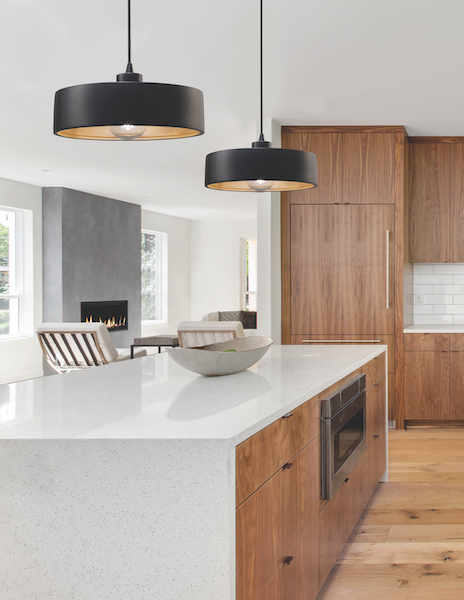
Pendant fixture styles, like other fixed lighting in the home, are dependent on homeowners’ design tastes, and fortunately, there are more than enough options from which to choose. The ability to share the options with customers and clients can go a long way toward helping them easily update their living spaces.



